Cheonan Gwangdeoksa Temple (광덕사(천안))
2021-12-01
30, Gwangdeoksa-gil, Dongnam-gu, Cheonan-si, Chungcheongnam-do
+82-41-567-0050
Gwangdeoksa Temple is said to be established in 637 by Monk Jajang Yulsa during the Silla Kingdom and was refurbished during the reign of King Heungdeok (832). The temple sits in the southeast of Gwangdeoksan Mountain, which borders Asan-si and Cheonan-si, and the southwest of Taehwasan Mountain. It was the biggest temple within Chungcheong and Gyeonggi regions before the Japanese invasion. However, it was burnt down during the Japanese invasion and the main buildings such as Daeungjeon, Myeongbujeon and Cheonbuljeon Halls are relatively new compared to the other original facilities.
Tapgol Park (탑골공원)
2024-03-04
99, Jong-ro, Jongno-gu, Seoul
+82-2-731-0534
Tapgol Park is the first modern park in Seoul. Having been the site of the Buddhist temple of Wongaksa Temple since 1467, the land was turned into a park in 1897. The park has a significant presence in Korean history, being the place where the March 1 Independence Movement began in 1919. One can find historical sites that hearken back to the struggle, such as the Palgakjeong Pavilion, the center of the movement; cultural heritage sites such as the Ten-story Stone Pagoda of Wongaksa Temple Site and the Stele for the Construction of Daewongaksa Temple at Wongaksa Temple Site; and monuments such as the independence movement relief plate, murals, the statue of Son Byeong-hee, and the statue of Han Yong-un.
Busan Chinatown Special Zone (부산 차이나타운특구(상해문.상해거리))
2022-10-24
1, Jungang-daero 179beon-gil, Dong-gu, Busan
+82-51-440-4815
Busan Chinatown, also known as Shanghai Street, offers visitors a chance to experience the past with old fashioned streets and Chinese songs playing from restaurants. Travelers can experience little China in the middle of Busan.
Gwanghalluwon Garden (광한루원)
2024-12-27
1447 Yocheon-ro, Namwon-si, Jeonbuk-do
+82-63-625-4861
Originally known as Gwangtongnu, Gwanghalluwon Garden was built by Hwang Hui Jeongseung in 1419 during the reign of Joseon dynasty’s King Sejong. Because of its outstanding beauty, Governor Jeong In-ji gave the garden the name ‘Gwanghallu’ in 1444, comparing it to a garden from the palace on the moon. It is famous as the location where Lee Mong-ryong and Chunhyang (two lovers from a well-known Korean folk story) first met. In the 1920s Chunhyangsa Temple was established in the neighboring area and a portrait of Chunhyang was hung in a place of honor. The garden is the venue of the Chunhyangjae Festival every spring, celebrating the deep and lasting love of the famous couple. The area around Gwanghalluwon Garden is full of many attractions, includes Ojakgyo Bridge, symbolizing the bridge connecting Chilseok and Gyeonwu from the traditional story of Chilseok, as well as Chunhyang Hall, Wolmae-jip (house of Chunhyang's mother), Wanwoljeong Pavilion, Yeongjugak Pavilion, Samsinsan and many other traditional buildings.
Mireuksa Temple Site [UNESCO World Heritage] (익산 미륵사지 [유네스코 세계문화유산])
2024-04-07
362, Mireuksaji-ro, Iksan-si, Jeonbuk-do
+82-63-859-3873
Mireuksa was the largest Buddhist temple of the ancient Baekje Kingdom (18 BC-AD 660). According to Samgukyusa (historical records published in 1281), King Mu (30th king of Baekje, in power AD 600-641) and his wife Queen Seonhwa were said to have seen a vision of Mireuksamjon (the three Sanskrit) emerging from a large pond. At the time of their revelation, the king and queen were on their way to visit a Buddhist monk in Sajasa Temple on Yonghwasan Mountain (now known as Mireuksan Mountain). In response to their vision, the king drained the nearby pond and established Mireuksa Temple. The temple is believed to have shown the most advanced architectural and cultural skills of Baekje, Silla, and Goguryeo (the three main kingdoms at that time). Records indicate that King Jinpyeong of Silla even sent his craftsmen over to assist with the temple construction.
The two main features of the Mireuksa Temple Site are the stone pagoda (Mireuksaji Seoktap) and the flagpole supports (Mireuksaji Dangganjiju). The 14.24-meter-high west stone pagoda (National Treasure No. 11) is the oldest and largest Korean stone pagoda in existence. The west pagoda currently has only six tiers, but is estimated to originally have had nine. The nine-story east stone pagoda (27.67 meters in x_height) was restored to its original stature in 1993 based on historical records. Other surviving landmarks include the flagpole supports (Treasure No. 236) to the south of the stone pagodas. The 395 centimeter-tall poles are estimated to have been created during the Unified Silla period (AD 676-935) and are set 90 meters apart from east to west.
Amnok Resort (압록유원지)
2020-02-10
1012, Seomjingang-ro, Gokseong-gun, Jeollanam-do
+82-61-360-8308
Situated at the joining point of two rivers, Seomjin and Boseong, Amnok Resort is renowned as a summer vacation spot with a 100,000m² beach. Since mosquitos are rare here, it is continuously gaining popularity as a family camping site and Banweogyol Bridge and Cheolgyo Bridge make for beautiful scenery. The popular fishing spot located in the lower reaches of Boseonggang River attracts many anglers. The riverside is lined with various native local restaurants where you can taste Amnok’s specialities such as king crab soup, roasted sweet fish, and maeuntang (spicy fish stew).
Jinjuseong Fortress (진주성)
2024-08-23
626 Namgang-ro, Jinju-si, Gyeongsangnam-do
Jinjuseong Fortress, initially erected in ancient times, was expanded in 1379 to fend off pirate invasions. It saw two battles during the Imjin War (1592-1598). Inside, there are structures like Chokseongnu Pavilion, Jinju National Museum, a victory monument, an outdoor stage, and cafés. The castle overlooks the scenic Namgang River. Visitors can also enjoy hanbok experiences and take a ferry on the Namgang River.
Yeosu Hyangiram Hermitage (향일암(여수))
2024-12-23
60 Hyangiram-ro, Yeosu-si, Jeollanam-do
Hyangiram Hermitage (Cultural Property Material) is one of four Buddhist hermitages in Korea where the faithful come to pray to the Avalokitesvara Bodhisattva. It was originally named Wontongam Hermitage, established by Monk Wonhyo during the fourth year of Baekje King Uija’s reign (644). Wontongam Hermiatge was renamed to Geumoam Hermitage by Monk Yunpil in the 9th year of Goryeo King Gwangjong’s reign (958), then renamed once again to Hyangiram Hermitage by Monk Inmuk during the 41st year of Joseon King Sukjong’s reign (1715).
The temple contains many buildings both preserved and rebuilt, including the main hall, Daeungjeon Hall, which was rebuilt in 2012 after it burned down in a fire. The mountain path to Hyangiram Hermitage is very steep, but many people make the climb in hopes of their wish coming true. Legend has it that anyone who passes all seven of the stone caves on the walk to Hyangiram Hermitage will be granted their wish.
Geomundo Island (거문도)
2020-06-18
103, Geomun-gil, Yeosu-si, Jeollanam-do
+82-61-659-3871
Located approximately halfway between Yeosu and Jeju Island, Geomundo Island is part of the Dadohae Maritime National Park. It is divided into Dongdo, Seodo, and Godo Islands, all of which offer scenic views of quaint towns and surrounding nature. Also, Geomundo is the access point for the famous Baekdo Island group, a spectacular array of uninhabited rock pinnacles attached with numerous legends.
Baekdo Island (여수 백도)
2021-05-27
Geomun-ri, Yeosu-si, Jeollanam-do
+82-61-690-2607
Located 28 kilometers east of Geomundo Island, Baekdo Island is comprised of a collective group of uninhabited rock islets. Some of the most well-known islets are Maebawi Rock, Seobangbawi and Gaksibawi Rocks, Hyeongjebawi Rock, and Seokbulbawi Rock, each rock with a legend or a myth of its own. Baekdo Island is also a nature preserve that serves as a home to several endangered species, and can only be observed while aboard a cruise that tours the nearby islands.
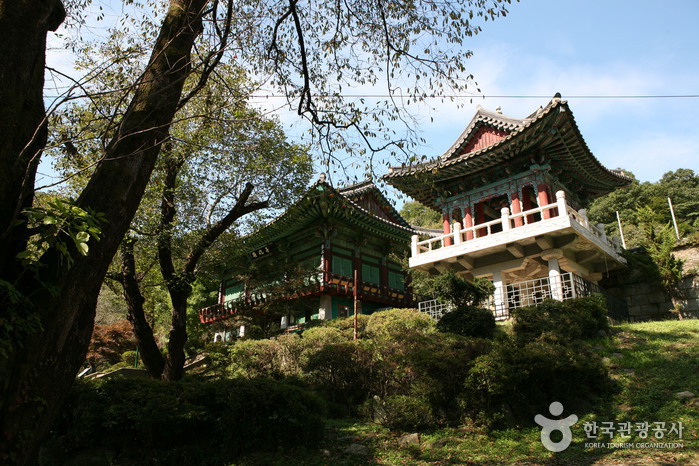

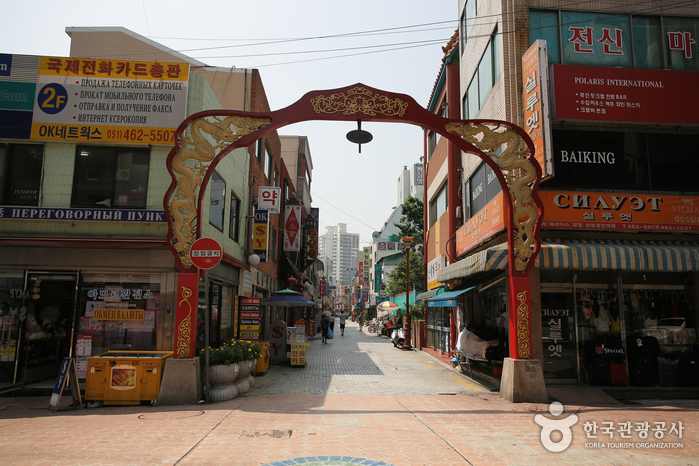
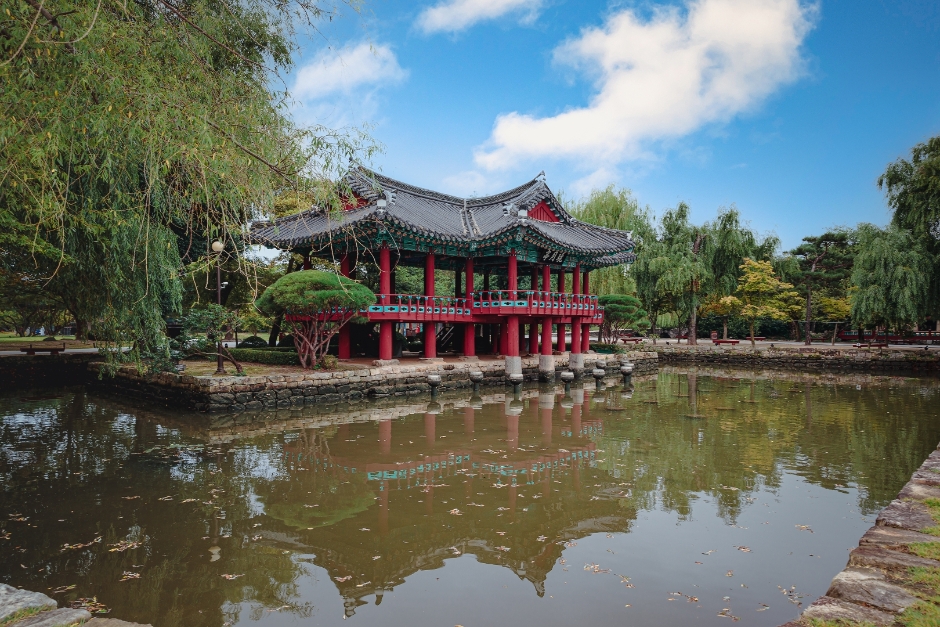
![Mireuksa Temple Site [UNESCO World Heritage] (익산 미륵사지 [유네스코 세계문화유산])](http://tong.visitkorea.or.kr/cms/resource/91/2514991_image2_1.jpg)
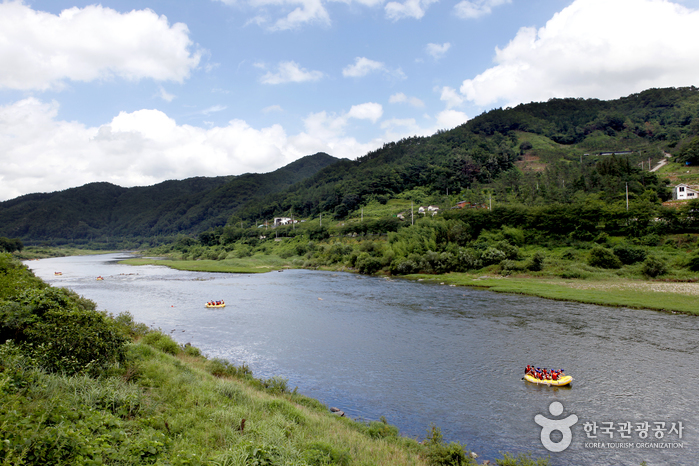
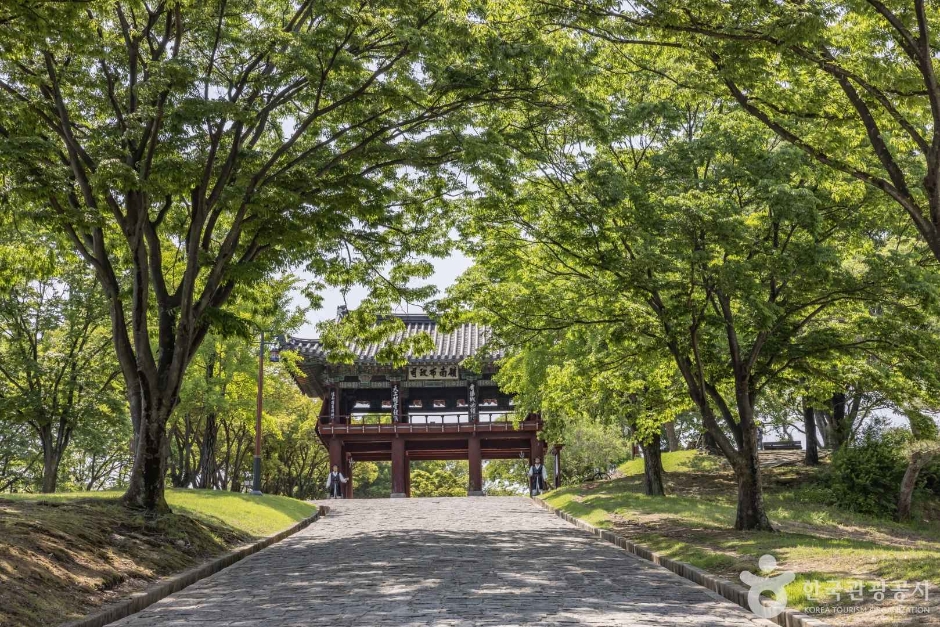

 English
English
 한국어
한국어 日本語
日本語 中文(简体)
中文(简体) Deutsch
Deutsch Français
Français Español
Español Русский
Русский